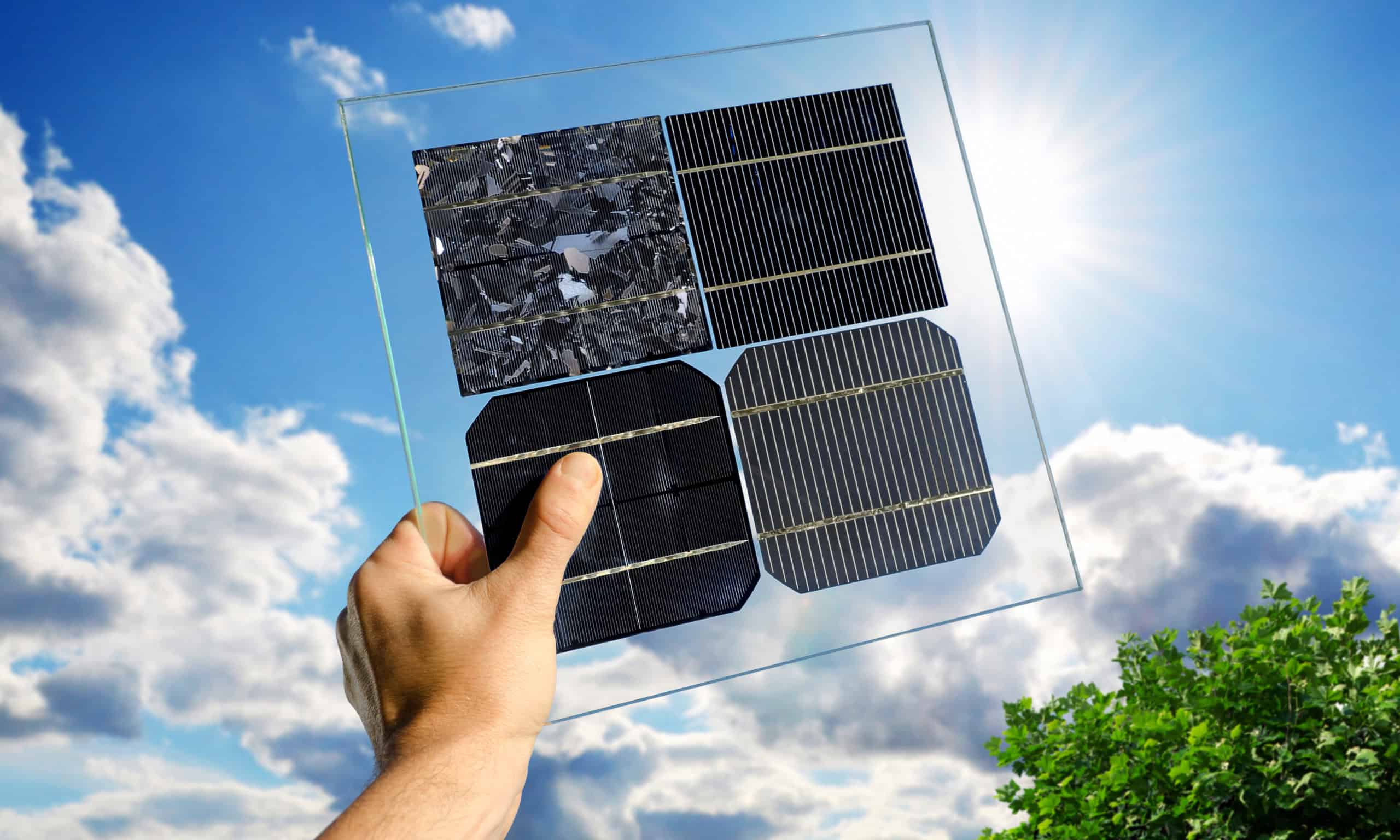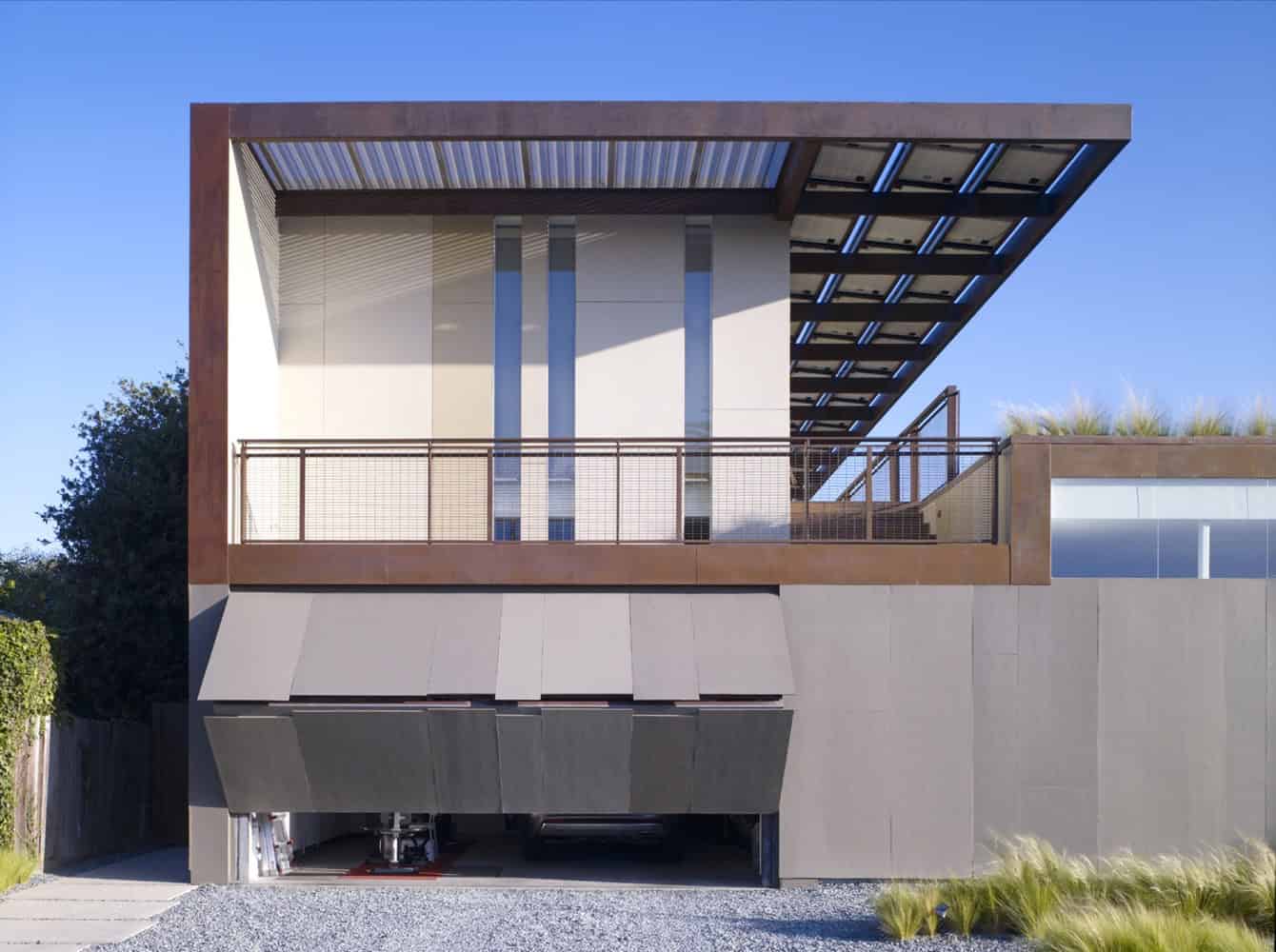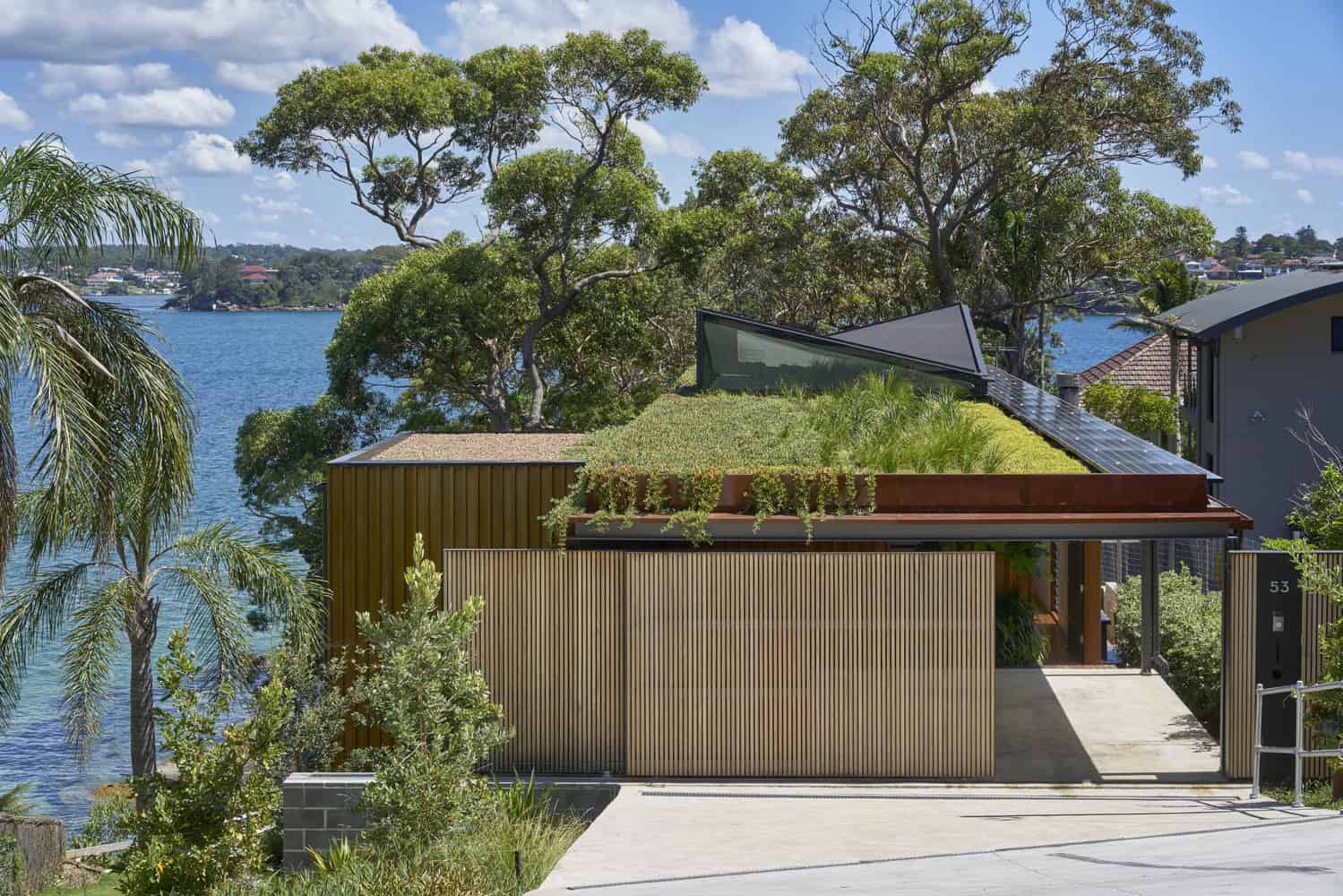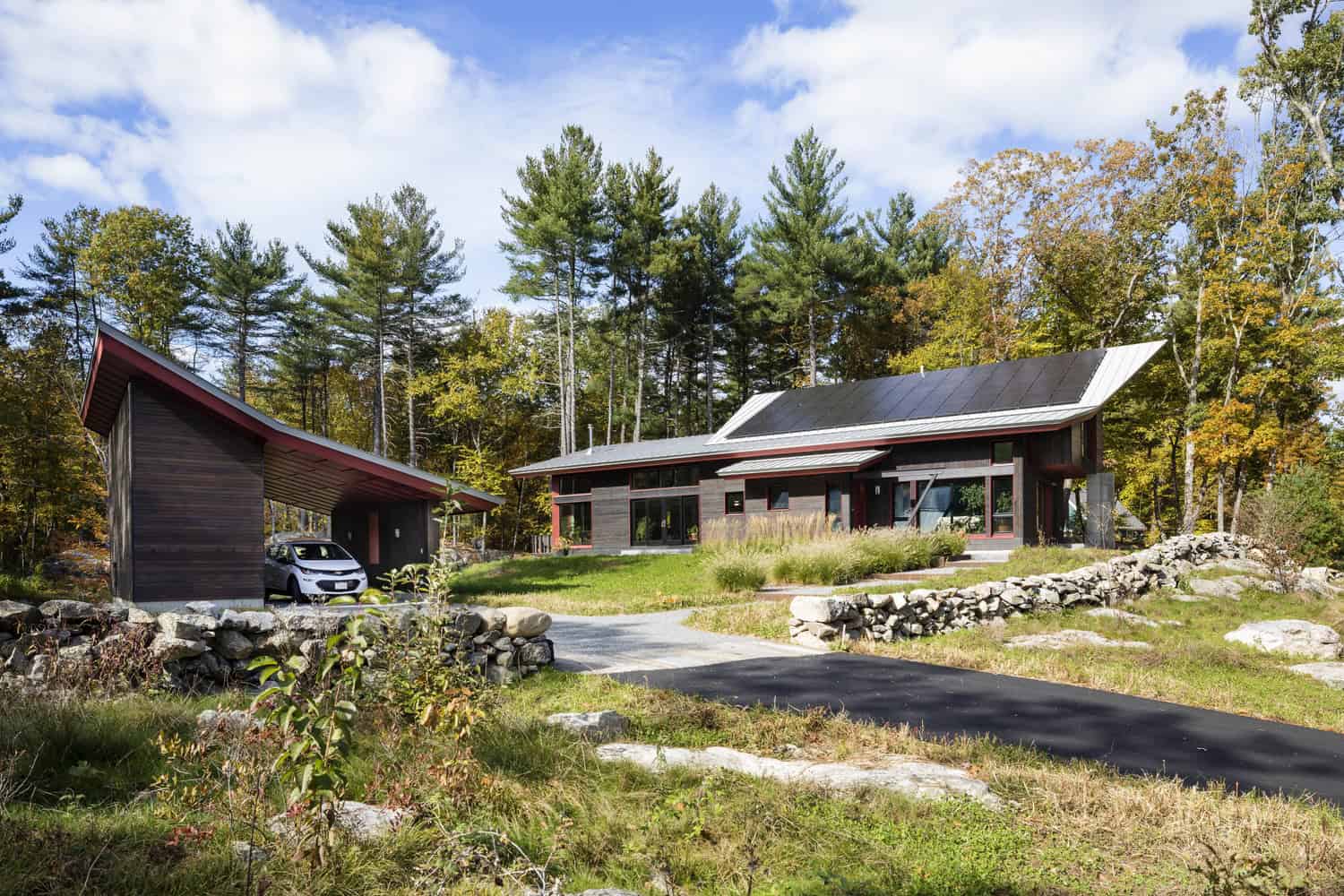Agreeably, in our times, solar panels no longer surprise anyone. After all, alternative energy sources have become commonplace in many countries. This is because it’s available, and the benefits justify the investments.
The industry is rapidly advancing and unveiling new intriguing and practical solutions. Their purpose goes beyond the efficient use of solar energy; they have also become an integral part of the design projects for modern homes and businesses.
Many architects and designers use solar panels as decorative elements, integrating them into building facades and creating unique structures. Such an approach allows us to enhance the appearance of buildings and emphasize solar elegance for sustainable living.
We have prepared a solar panel review and also explained how panels combine aesthetics and functionality, as well as the technological solutions that make them more efficient and integrated.
Solar Panels: Devices that are Changing the World
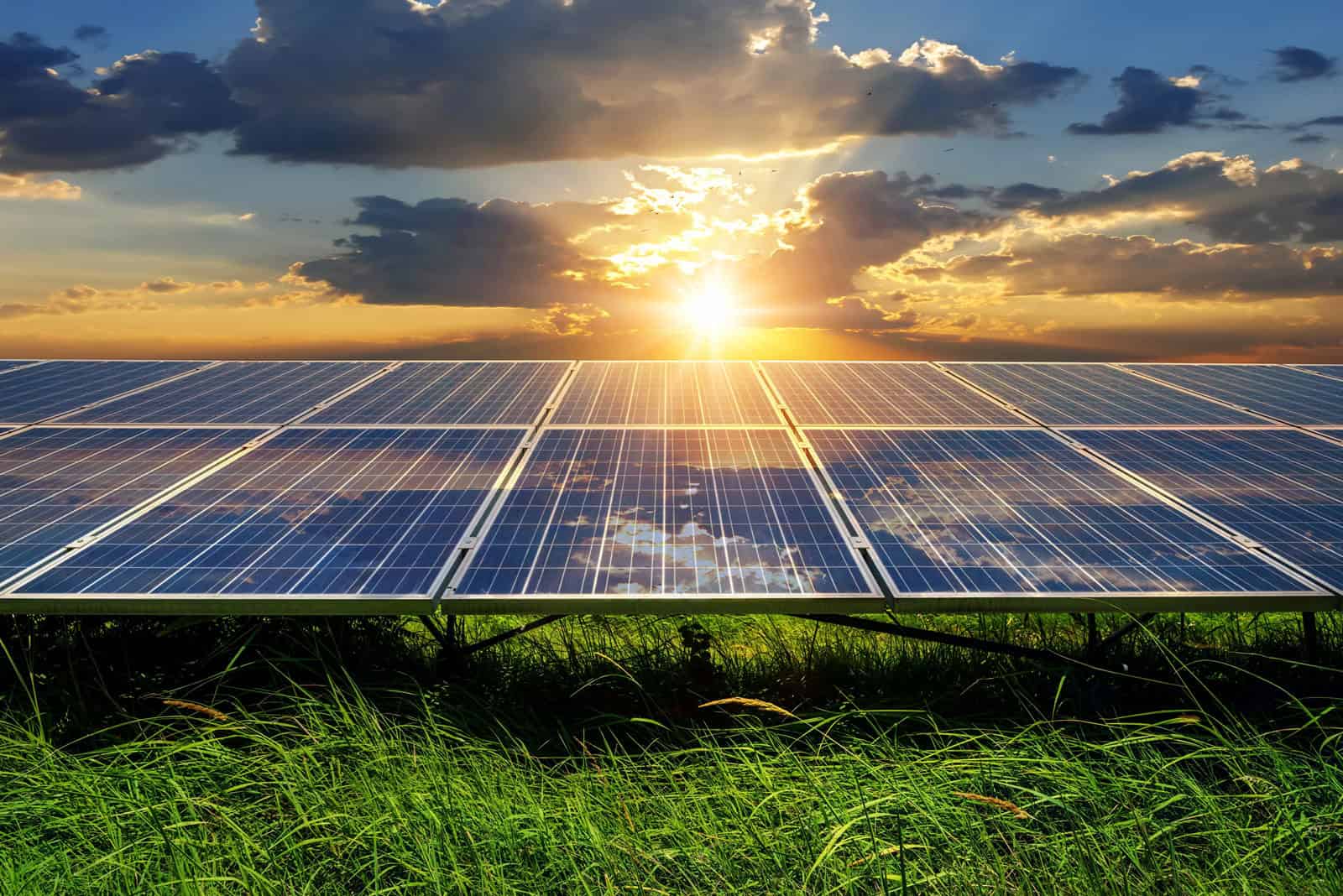
Source: eEquals
Solar panels are an additional or primary source of energy. They harness sunlight, converting it into electrical energy for various household and other needs. At the heart of solar panel design are photovoltaic semiconductors, also known as photovoltaic cells.
The principle of how these panels work is simple. They are installed in locations with unobstructed access to sunlight. When rays hit the silicon plates, electrons are released. They start moving through conductors. Then, an inverter converts direct current into alternating current, which is necessary for powering various facilities.
How do solar panels work? – Richard Komp
Solar panels are increasingly being installed on country plots and dacha houses. They are often chosen by residents of regions not connected to utility networks or where the installed capacity is insufficient for the normal operation of electrical appliances.
- Gitnux predicts the global solar energy market will reach $223.3 billion by 2026. This statistic shows the huge potential of solar energy and indicates that the demand for solar panels will increase in the coming years.
Panels are used not only for household consumption. They are installed in medical institutions and enterprises. They are widely demanded in machine building, road construction, and various industrial facilities.
The demand for panels is due to their environmental friendliness. They use only a natural source of energy – the sun. The planet’s resources are not wasted, and there is no harm to the environment.
Furthermore, solar panels are practical and convenient to use for the following reasons:
- They contain no mechanical parts, so they operate silently and can be installed on the roofs of residential homes.
- There are no greenhouse gas emissions or waste, which environmental advocates highly value.
- Operating expenses are minimal, and they require no technical maintenance.
- Their lifespan is substantial: according to Solstice, some solar panels have been in use for 40 years, yet they still operate at 80% efficiency or more.
Another significant advantage is that solar panels are covered by home insurance. Typically, homeowners’ insurance policies protect solar panels installed on and inside the home as permanent property components. However, there are cases where these devices are insured as a separate product.
Types of Solar Panels
Source: LocalProElectrical
There are three main types of devices:
- Thin-film solar panels. These panels have a flexible base, allowing them to be placed on any surface. Such designs are much more efficient than others because they perform well even in cloudy weather.
- Monocrystalline solar panels. Made from monocrystalline silicon grown in laboratory conditions. Due to the complexity of production, their cost is higher. These devices have a high efficiency rating of 17-23%.
- Polycrystalline solar panels. Manufactured from recycled silicon with a non-uniform structure. They have a lower efficiency rating (12-18%). The reason is the formation of granular areas, which leads to reduced performance.
Each type has its advantages and limitations, and the choice of a particular type depends on specific needs and the characteristics of the architectural project.
Solar Panel Innovations: Opening up New Possibilities
Modern technology makes it possible to create solar panels of various shapes and sizes, which opens up new possibilities for designers. From rectangular panels to round, from transparent to colored, the choice is vast. Let’s take a look at the most popular ones:
Transparent Solar Panels
This is the new trend in design. They allow light to pass through while retaining the ability to generate electricity. This makes them ideal for use in windows or glass building facades.
Colored Solar Panels
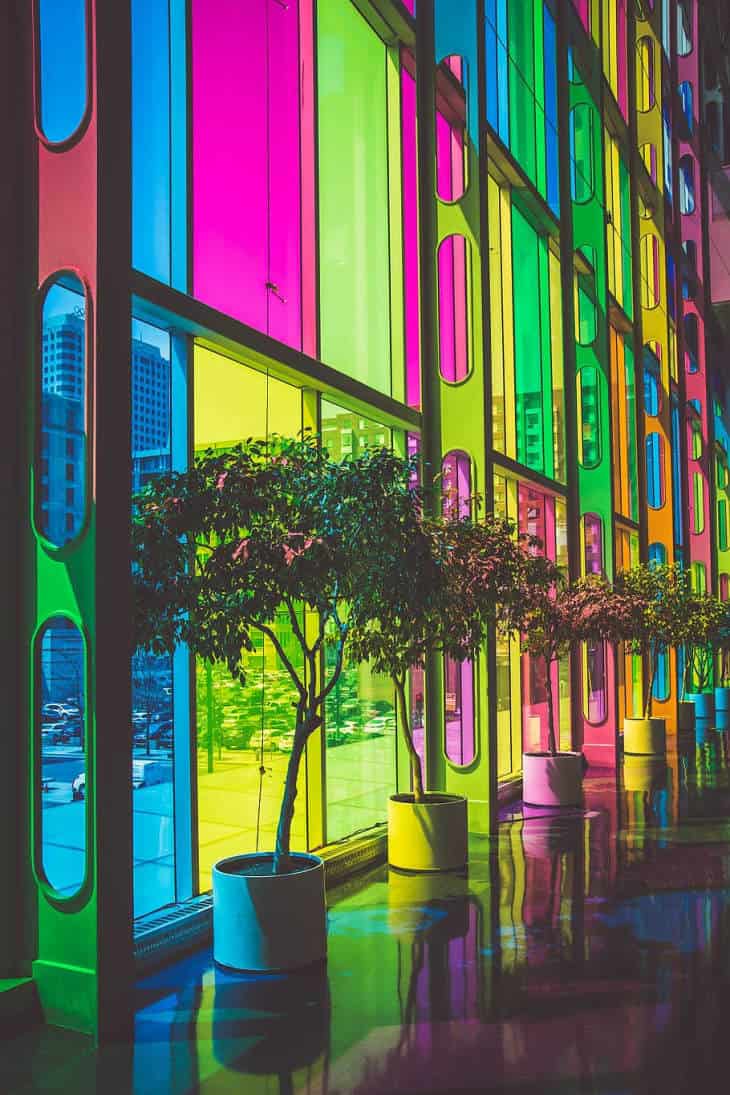
Source: apartment therapy
These are artistic solar panels that offer new possibilities for integration into the architectural appearance of a building. They can be customized to any color to create unique and attractive designs.
Flexible Solar Panels
Flexible solar panels combine monocrystalline cells and laminate, allowing them to adapt to curved surfaces. They are well-suited for use on yachts, RVs, and roofs with uneven surfaces.
Solar Panel Umbrellas
This seemingly ordinary beach umbrella is not as simple as it appears. In addition to providing shade under the scorching sun, it can serve as a charger for mobile devices and even be used for cooling the area under the umbrella.
The umbrella can be set up anywhere and doesn’t require any additional attachments or special conditions. The dome holder and stand ensure the structure’s stability against strong gusts of wind.
Innovations in design open up endless possibilities for solar panel integration into modern architecture. They make these devices more affordable and appealing to various industries, helping to move towards an eco-friendly future.
How to Enhance Solar Panel Efficiency?
While solar panel aesthetics are important, functionality and productivity remain crucial to device design. Solar power providers strive to maximize their efficiency. This can be accomplished through the following factors:
- Configuration optimization. Shape affects the ability of panels to absorb sunlight. For example, round models are more efficient at absorbing light during the day because they have more surface area facing the sun. Rectangular or square panels are more commonly used on roofs and building facades because they are more easily integrated into structural design.
- Panel placement. The placement of solar devices also plays a vital role in their efficiency. When installed on ground tables, there is an opportunity to change the angle of inclination to the optimal angle for each season. This solution helps to increase the total solar panel performance.
Developers and designers work together to create solar panels that optimally combine functionality, environmental friendliness, and stylish appearance. This maximizes the use of solar energy while maintaining solar panel aesthetics in architecture and harmony with the environment.
Solar Panels in Residential Projects: Efficiency with Aesthetic Preservation
Incorporating sustainable strategies into architectural projects is not just a trend but a necessity. With each passing day, we increasingly recognize the importance of responsible management of natural resources and understanding environmental factors.
Solar energy design is one of the most commonly used strategies in residential architecture. Many countries around the world encourage the adoption of solar systems to reduce dependence on traditional energy sources and mitigate the harmful impact on the environment.
However, despite the popularization of solar panels, their impact on aesthetics is still an obstacle for architects. The biggest challenge is integrating them into the architecture at the beginning of the design process rather than simply adding them to the finished project.
There are now alternative solutions that allow the technology to be applied to architecture design. The latest photovoltaic panels can be used not only as an energy source but also as cladding elements on flat or sloping roofs, building facades, and in shading structures such as pergolas, sun partitions, verandas, and other solar-powered decorative objects.
Let’s look at some examples of successful projects with integrated solar panels.
Yin-Yang House
Source: ArchDaily
The Yin-Yang House, built in California, is a shining example of modern architecture in which solar panels were integrated from the beginning of the design project.
The system, developed by students from the U.S. Department of Energy, seamlessly combines solar-powered elegance with the aesthetics of good residential architecture. Dual-sided photovoltaic panels can absorb solar energy from direct sunlight on the front surface and from reflected light on the back, maximizing the amount of energy generated per square meter. Additionally, they possess visual appeal and create an intriguing composition when used for balcony adornments.
Bundeena Beach House
Source: ArchDaily
The Bundeena Beach House incorporates a photovoltaic system with 16 solar panels and a Tesla battery. This system was integrated as part of the linear reflective pond in the rooftop garden design of the house. It provides all the energy needs of its owner.
When developing solar elegance for homes, the emphasis was placed on ensuring that the photovoltaic panels seamlessly complemented the exterior and style of the rooftop garden while serving as an example of how environmental features can enhance, rather than diminish, the design.
Jenson-DeLeeuw NZE House
Source: ArchDaily
The project, located in the United States, although based on more traditional solutions, still looks very neat. The 200 square meter house can generate enough renewable energy to meet all energy needs and even power an electric car. A storage system monitors the reserves daily, storing excess energy for use in the evening or during overcast weather.
The roof is designed to optimally house the 56 photovoltaic panels to create a single energy field. Its dark color harmonizes with the materials used in the house’s exterior.
There are still limited options in the alternative energy market, especially in terms of aesthetics. Nevertheless, technology continues to improve every day, making solar panels not only a source of energy but also an architectural and even artistic element that can complement the style concept of a building.
Is It Worth Using Elegant Solar Solutions?
Solar panels are photovoltaic devices that convert the energy from sunlight into electricity. They are silent, environmentally friendly, and have a long lifespan. Furthermore, these energy sources have become an integral part of design solutions that seamlessly blend functionality and aesthetics.
Solar technology aesthetics provide a unique opportunity to save on electricity and give a modern look to your property.
Don’t miss the opportunity to take advantage of the benefits of photovoltaic devices. Bring your ideas to life in stylish and aesthetically appealing architectural projects.
FAQ
What distinguishes aesthetically designed solar panels from regular ones?
Aesthetic solar applications stand out for their attractive appearance. They can come in various style options – different colors, textures, and shapes to match the design and concept of the project.
What advantages do solar panels offer?
In addition to reducing dependence on traditional energy sources, being eco-friendly, and being durable, these panels can enhance the exterior of buildings.
In which architectural projects can solar panels be integrated?
Solar panels can be successfully integrated into various architectural projects, including residential homes, commercial buildings, and public structures. Furthermore, solar panel aesthetics in landscaping are highly popular.

